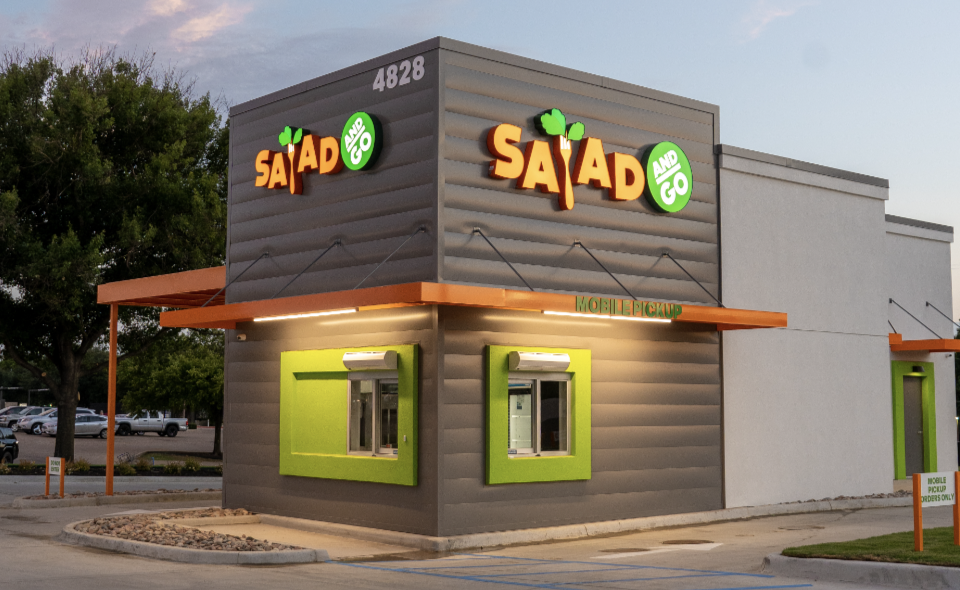Salad and Go is the next Food On Demand Outstanding Operator.
As a new generation of weight loss drugs send shivers throughout the foodservice, agriculture and snacks worlds, Salad and Go is uniquely positioned to capitalize on this societal shift—and it dovetails with the fast-growing brand’s focus on takeout, drive-thru operations and capturing multiple mealtime occasions with a single customer visit.
Led by CEO Charlie Morrison, who brought Wingstop to consecutive years of breakneck growth and record setting delivery and digital ordering numbers, his latest project involves scaling up a brand in a distinctly different, healthier cuisine category.
Based in Arizona, Salad and Go isn’t just innovative for offering price points that are significantly lower than the Sweetgreens and Cavas of the world. Every aspect of the brand is built for meals to be taken off-site, and they have laid the groundwork for a big move into delivery.
At a foundational level, its regional satellite food production facilities do the bulk of the food prep for its restaurants. This allows the brand to build smaller locations that swap dining rooms out for dual drive-thru lanes prioritizing customer pickup orders and, sometime in the near future, delivery operations that will intentionally undercut the price points of other leading healthy-food players.
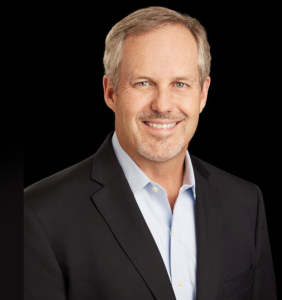
Salad and Go CEO, Charlie Morrison
“I reflect on this a lot, especially of late, as the dynamics of our industry are changing,” Morrison said when asked what other brands could learn from Salad and Go. “The one thing I can reflect on in my experience over many years is that this industry goes through cycles, and the cycles are quite consistent in terms of how they repeat themselves.”
Whether it’s commodity prices or inflation, he said, an external shock causes restaurants to “price, price, price very aggressively.” Then the industry moves into what he calls a “bundling and discounting” phase where many brands struggle to capture elusive transaction growth.
Those cycles, Morrison said, have caused the restaurant industry to be a laggard compared to other industries like retail—and he and his team are being diligent to avoid falling in line with the rest of the herd.
At this particular moment, those challenges revolve around elevated labor costs and historically high construction costs that coincide with the ongoing rise of delivery, a preference for drive-thru-centric convenience and creative ways to grow quickly with a leaner capital outlay.
“We had to think differently,” Morrison said of the brand’s real estate strategy. “While we’re investing lots and lots of capital in a central kitchen model, the labor side of the equation has dramatically improved. All we’re doing is redeploying capital that we would have built into a store kitchen and pulling that forward and putting it in a central kitchen and simplifying the size of the asset and footprint.”
The way he sees it, capital will be spent one way or the other in scaling up a new brand, so the real question he sees is, “Do you want to kick the can down the road or attack it early and then deliver a great value to the consumer?”
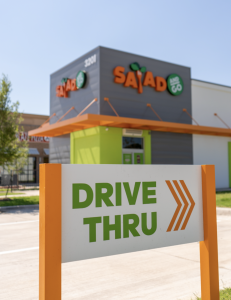 On its quest to eventually reach 1,000 units with 127 locations open and operating right now, a 48-ounce salad with chicken and tofu can be had for less than $7. Throughout the last year and over the next 12 months, the brand is averaging about one new location opening per week.
On its quest to eventually reach 1,000 units with 127 locations open and operating right now, a 48-ounce salad with chicken and tofu can be had for less than $7. Throughout the last year and over the next 12 months, the brand is averaging about one new location opening per week.
Likening his team’s approach to the asset-light infrastructure Amazon built, Morrison knows that uncomfortably high delivery prices could risk Salad and Go’s value-forward perception. Because of this dynamic, his team has intentionally held off on jumping into delivery, even though Morrison realizes the brand is uniquely poised for the channel.
Multiple occasions, one visit
At present, approximately 20 percent of Salad and Go orders are placed in advance. Those customers are routed through second drive-thru lanes in locations with dual drive-thrus, which will expand to include delivery drivers when the time is right.
Morrison sees a similar growth channel in catering with its salads, wraps, unique drinks and ability to build large salads that can feed multiple people. That will be a challenge with such small locations, but the brand is investigating in leveraging “alternative assets” like ghost kitchens to fulfill catering and other group orders.
Breakfast also comprises approximately 20 percent of the ordering mix, and the brand’s focus on the earliest daypart isn’t just a bid to stretch out the busy periods. The “real unlock,” Morrison said, is encouraging customers to visit in the morning to pick up something for breakfast along with an iced coffee, and also get lunch that they can pop into the fridge at home or work.
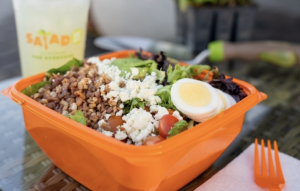 For customers, that can mean two dining occasions for just $10 or $11, but for the brand, it’s a key strategy to increase customer dining occasions, increase average ticket prices and free up in-store resources during the intense lunchtime periods.
For customers, that can mean two dining occasions for just $10 or $11, but for the brand, it’s a key strategy to increase customer dining occasions, increase average ticket prices and free up in-store resources during the intense lunchtime periods.
“There are a lot of brands that offer an all-day breakfast daypart, but there are very few if any brands that offer lunch at breakfast,” he said. “It’s a great way to leverage the footprint of salad and…get two in one, because we don’t have to cook a burger, we don’t have to fry chicken, we don’t have to do a lot of things that other quick-service restaurants do.”
Remembering Morrison’s industry-leading accolades during his years as Wingstop’s CEO, it’s clear that every seemingly small aspect of the Salad and Go business model is designed for not just the fast-growing present moment, but a future where this brand becomes as ubiquitous as some of the largest restaurants in the country.
“Society today, in and around food and food occasions, is struggling with really high prices and they’re also struggling with wellness challenges,” Morrison added. “You see the advent of drugs that are tailored towards helping people lose weight and adapt to a better lifestyle. We fall right in the middle of that conversation, because although the drugs can help, better eating and affordable eating can also make a big impact on people’s lives.”
The Outstanding Operators Program is highlighting 20 innovative brands taking creative paths to success with all things off-premises. Winners receive a $1000 charitable donation to the organization of choice and will be recognized on-stage at the 2024 Food On Demand Conference. Register today!
The Outstanding Operator program is sponsored by these industry leading partners
 |
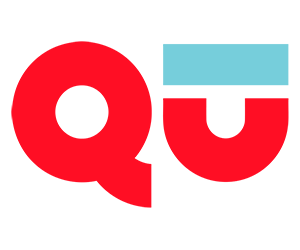 |
 |

